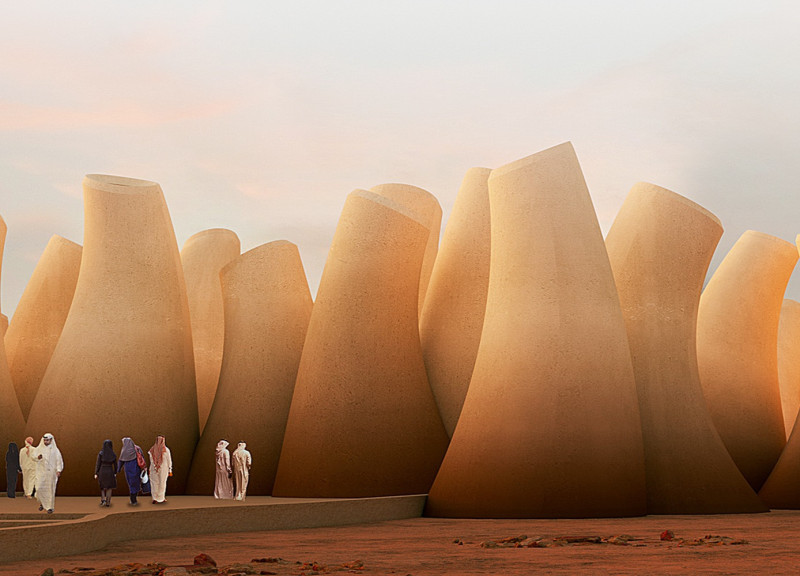5 key facts about this project
At the core of this project is its function, which is tailored to accommodate [insert specific function, e.g., educational, residential, commercial]. The layout adheres to a logical sequence of spaces, ensuring efficient circulation and accessibility while fostering interaction among users. Large windows throughout the building allow natural light to flood the interior, creating a welcoming atmosphere that connects the occupants with the outside environment. The seamless transition between internal and external spaces blurs the boundaries, encouraging a sense of openness.
Key features of the project include its use of various materials that not only contribute to the aesthetic appeal but also enhance the performance of the building. Concrete is utilized for its strength and durability, forming the backbone of the structure. In contrast, glass elements facilitate transparency and visual connections with the surroundings while also promoting energy efficiency. Wood accents are strategically incorporated, providing warmth and tactile texture that humanizes the space. Additionally, steel components bolster structural integrity, allowing for innovative design solutions such as cantilevered sections and expansive overhangs.
The roof design is particularly noteworthy, characterized by a unique shape that not only serves an aesthetic purpose but also maximizes solar energy capture. This reflects the project's commitment to environmentally conscious design, employing strategies such as green roofs or solar panels, which further integrate the building into its ecological context. The landscape surrounding the structure has also been designed with intention, featuring native plants that promote biodiversity and minimize water consumption, enhancing the overall sustainability of the project.
A distinctive approach evident in the design is the incorporation of community spaces, which emphasizes the building's role within the larger neighborhood fabric. These areas invite social interaction and serve as focal points for gathering, thus promoting a sense of belonging among users. Whether it be through open plazas, shared gardens, or adaptable spaces for events, the architecture fosters a community-centric ethos.
Furthermore, the architectural design employs innovative technologies that streamline operational efficiency, demonstrating a forward-thinking attitude. State-of-the-art systems for heating, cooling, and ventilation have been integrated to reduce energy consumption while maintaining a comfortable environment for the occupants. The smart building features enhance user experience by allowing for personalized control over aspects such as lighting and climate, ensuring that the space meets the varied needs of its users.
In summary, this architectural project stands as a testament to the importance of merging functionality with thoughtful design. Attention to detail, selection of materials, and consideration for environmental impact come together to create a cohesive narrative that speaks to contemporary architectural ideals. For those interested in exploring the finer points of this project, including the architectural plans, architectural sections, and various architectural designs, a more in-depth presentation is available, providing deeper insights into the innovative ideas that shape this notable building.























